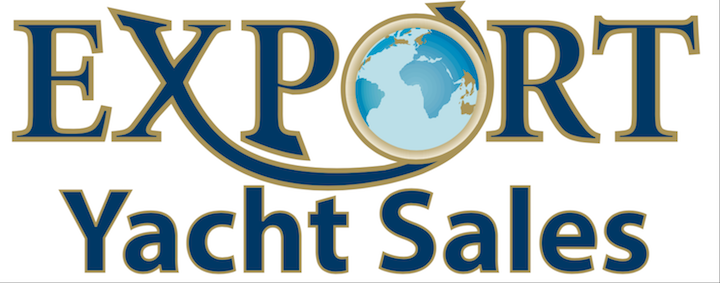Understanding Duty Paid Status
Duty Paid status is part of the “Delivered Duty Paid” process, which is an Incoterm (International Commercial Term). It means that in an international commercial transaction, the seller assumes the following responsibilities:
- All costs and risks associated with sending the product or products to their destination
- Taking care of clearance formalities at the point of origin, such as export permits and cargo-specific documentation
- Arranging carriage contracts with the various carriers up to the named place of delivery
- Obtaining proper clearance of the goods for import
- Paying any and all customs duty for both import and export
- Handling all customs-related requirements at the destination port
- Liability for costs if the product is lost or damaged in transit
Sellers who trade under Delivered Duty Paid Incoterms may have to take note of Contracts for the International Sale of Goods and other related provisions in applicable national Sale of Goods Acts. These provisions can provide the seller with relief from reasonably unforeseeable circumstances that prevent the product from being delivered on the specified shipping terms.
The seller must advise the buyer once the product has been delivered to the agreed-upon address. In all duty paid documentation, the freight terms are followed by an address, such as DDP (name of a port, if the product is a yacht) because, under the Incoterms rules, this address is where:
- Delivery takes place
- All risk passes from the seller to the buyer
In a duty paid delivery transaction, the buyer is responsible for any transportation of the boat from the agreed place of delivery to another location and covering themselves for any insurance or risk.
Who Uses Duty Paid Delivery?
Duty paid delivery is typically requested by buyers who don’t want to enter into a transport contract with any logistics company and would rather let the seller assume responsibility for all the steps involved in getting the boat to them. Although the seller is doing most of the work, the charges are usually passed on to the buyer in the product price.
The international sale and transportation of recreational vessels can be complicated, given the number of steps involved and the precise rules that accompany each one. Whether you are a buyer or seller, Export Yacht Sales partners with the Customs Brokerage Division at Howard S. Reeder can guide you through the necessary steps and documentation involved in delivering the vessel to its intended destination.

